Description ‘Cholestatic liver disease is of the prevailing health conditions and thousands of people worldwide are affected by this severe ailment. This blog will allow you to grasp the comprehensive knowledge about Chronic Cholestatic Liver Disease, its types, causing factors, treatments, risk factors during pregnancy, and treatments!’
Table of Contents
What is cholestatic liver disease?
Cholestasis is categorized as one of the serious liver disorders. Cholestatic liver disease happens when the discharge of bile from your liver is decreased or hindered. Bile is liquid created by your liver that helps in the absorption of food, particularly fats. When bile movement is declined, it causes the accretion of bilirubin. Bilirubin is a pigment generated by your liver and expelled from your body through bile. There are two types of chronic cholestatic liver disease- extrahepatic cholestasis and intrahepatic cholestasis. A natural barrier to the bile channels causes Extrahepatic cholestasis which blocks the flow of bile through gallstones, cysts, and tumours. On the other hand, Intrahepatic cholestasis develops within the liver. It can be caused by hormonal impacts on bile flow, drug use, genetic abnormalities, disease and liver infection.
What are the symptoms of cholestatic liver disease?
Both types of cholestasis Extrahepatic and Intrahepatic can have similar symptoms such as excessive itching, dark urine, pain in your abdomen, yellowing of your skin, jaundice, nausea, light-coloured stool, yellow eyes and fatigue. Again this is not necessary that everyone with this condition will show symptoms. Adults with chronic cholestatic liver disease are often examples in this case.
What are the causing factors of cholestasis?
The condition of bile blockage due to cholestatic liver disease can be prompted by a number of factors. Medications are one of the reasons. Human livers have an important role to play while digesting and metabolizing the swallows or taking medicines and pills. Some medicines are very complex for your liver to metabolize and some of the medicines may be toxic to your liver. Such medicines are certain antiepileptic drugs, some antimicrobial drugs, anabolic steroids, some antipsychotic drugs, oral contraceptives, some antipsychotic drugs, some nonsteroidal anti-inflammatories, certain antifungal drugs and some antibiotics like amoxicillin and minocycline.
Again various types of health conditions and disease are the prime factors that can cause scarring or inflammation to the bile channels. This can lead to cholestasis. Such conditions that can cause Cholestatic liver disease are bacterial infections, pancreatic cancer, lymphomas, autoimmune diseases, cytomegalovirus, Epstein-Barr, biliary cirrhosis, genetic disorders, HIV, hepatitis, sickle cell disease etc.
Cholestasis of pregnancy
Intrahepatic cholestasis is often called obstetric cholestasis which that potentially occurring during pregnancies. The most obvious sign of obstetric cholestasis is itching without a blemish. This is because of the accumulation of bile acids in the blood. The itching commonly happens in the last trimester of fertility. It can further be co-occurred with nausea, dark urine, jaundice, abdominal pain and pale stools.
See your doctor if you are having these symptoms along with itching in pregnancy to get the first-level treatment of cholestatic disease. Some over-the-counter medicines like anti-itch creams and antihistamines are frequently incapable of healing this disease and may harm your expected child. Alternatively, your physician can appoint medications that help with the itchiness without harming your pregnancy. You should also take a proper cholestasis treatment diet during your pregnancy.
Read Also: Reverse Fatty Liver Disease – Time to follow these lifestyle and diet tips
Risk Factors of Obstetric cholestatic disease
Cholestasis that happens during pregnancy can be an inherited disease. If your relatives like sisters or mother had this disease during pregnancy, you may have a high chance for also having obstetric cholestasis. Pregnancy hormones may further lead to this condition. That’s because they can influence the functions of your gallbladder and let bile to formulate up and spill over through your bloodstream. Women giving multiple births are at heightened risk of obstetric cholestasis.
Obstetric Cholestatic liver disease can be a dangerous disease for both mom and child. While most situations are not critical, it can create critical complexities such as fetal distress, preterm delivery and stillbirth.
Most cases of obstetric cholestasis are treated after childbirth. The disease can influence your health in the chronic term. Research says ladies who had Obstetric Cholestatic had a 3X higher chance of liver cancer in future. They further had a heightened risk of thyroid disease, Crohn’s disease, cancer of the biliary system and diabetes.
Diagnosis and Treatment
When you go for the diagnosis of Cholestatic liver disease, doctors are most likely to inspect your medical history. You’ll also have to go through several physical exams. Blood tests may be required to examine for liver catalysts that designate cholestasis. If the analysis results are unusual, your physician may order imaging examinations like ultrasound or MRI. Your physician may additionally perform a liver biopsy.
The initial step of treatment of cholestatic disease is to treat the underlying problem. For instance, if it’s concluded that certain medicines are causing the disease, your physician may suggest another safe drug. If an obstacle like gallstones or a cyst is creating the reserve of bile, your surgeon may suggest surgery.
You can maintain a healthy and expert suggested cholestasis treatment diet and follow some natural tips to reduce the chance for cholestasis such as stop drinking alcohol, get vaccinated for hepatitis and avoid recreational intravenous drugs. Consult your doctor right away if you doubt cholestasis as initial therapy can enhance your chances for a complete recovery.

 Login/Register
Login/Register
-777x437.png)



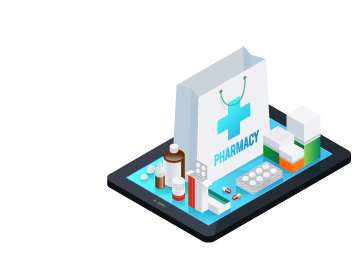
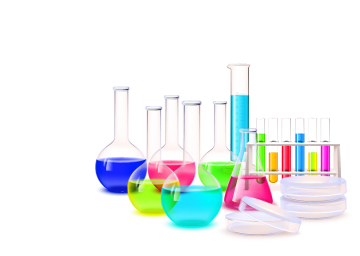
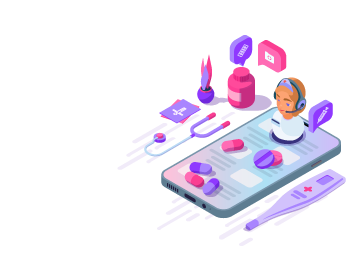
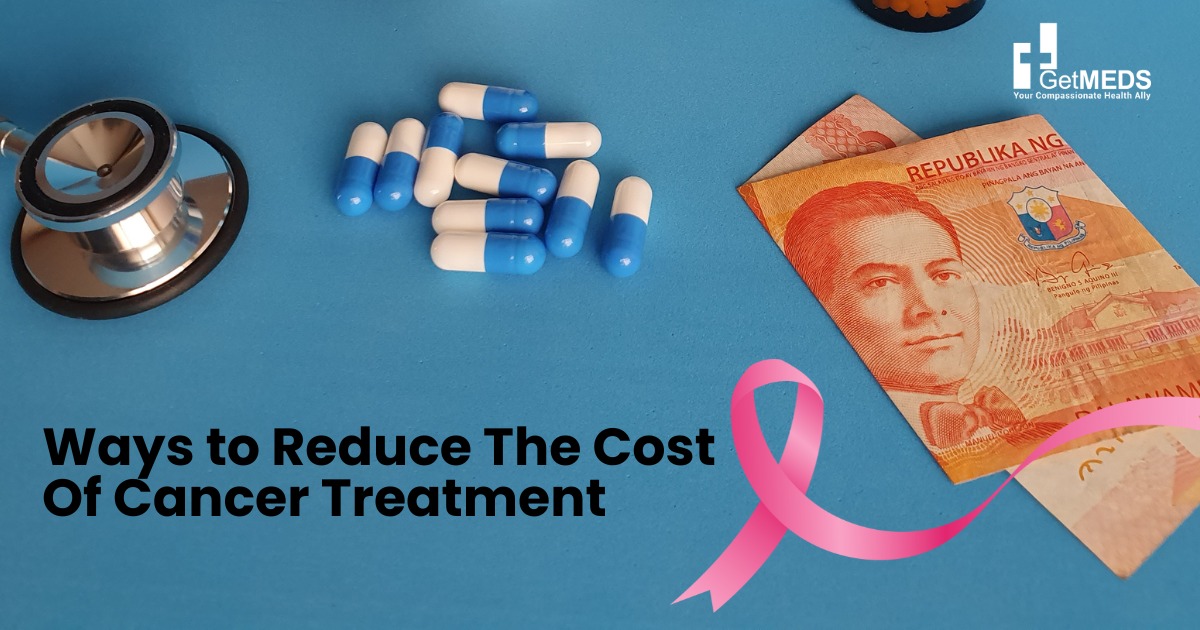

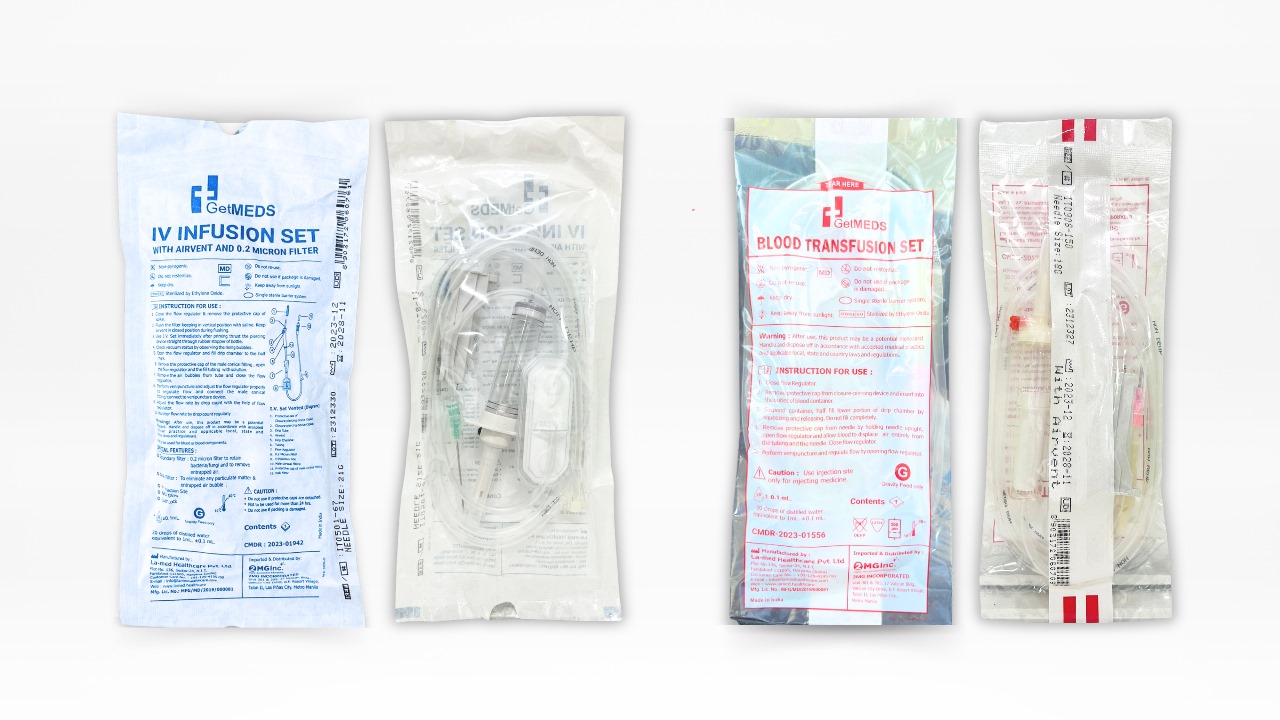
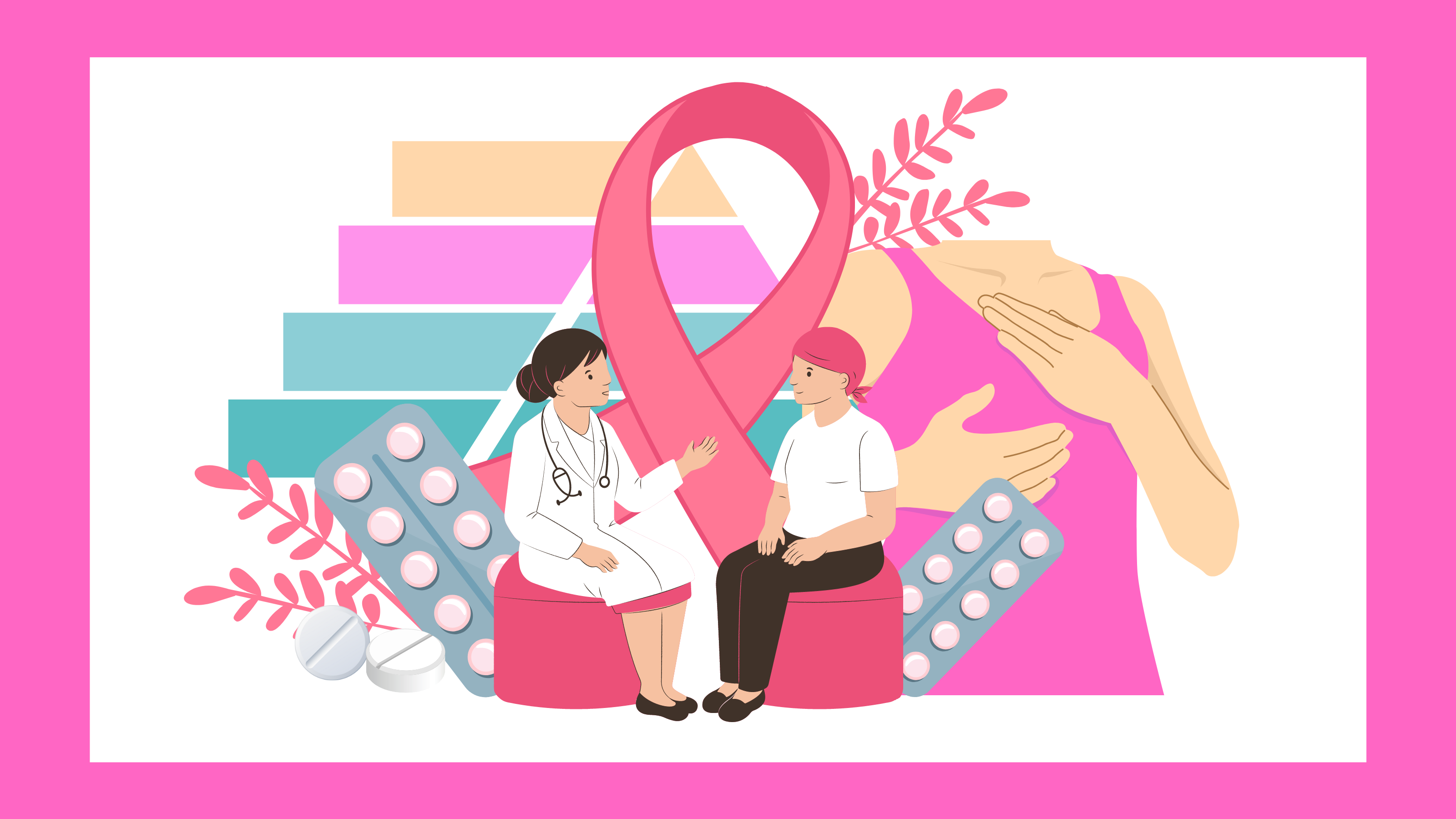
Be the first to comment on "Everything You Must Know About Cholestatic Liver Disease And Its Treatments"